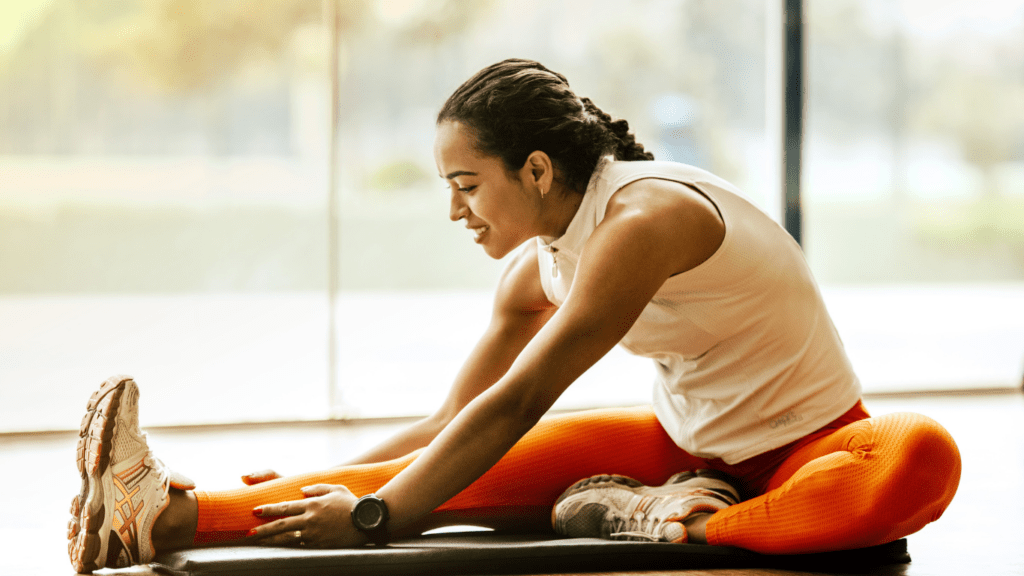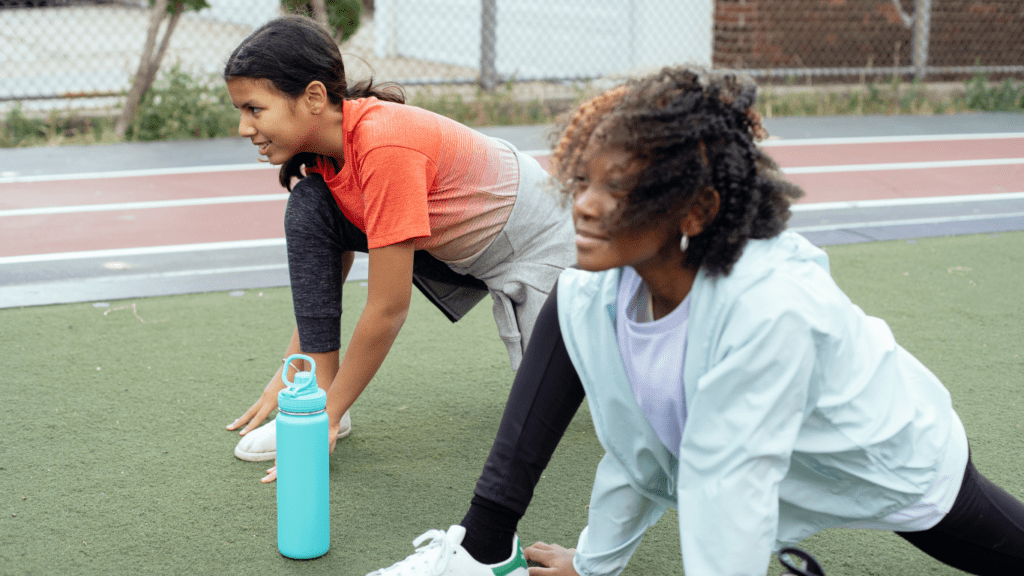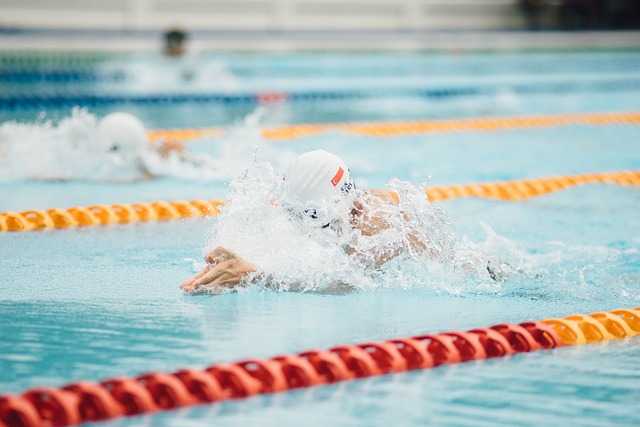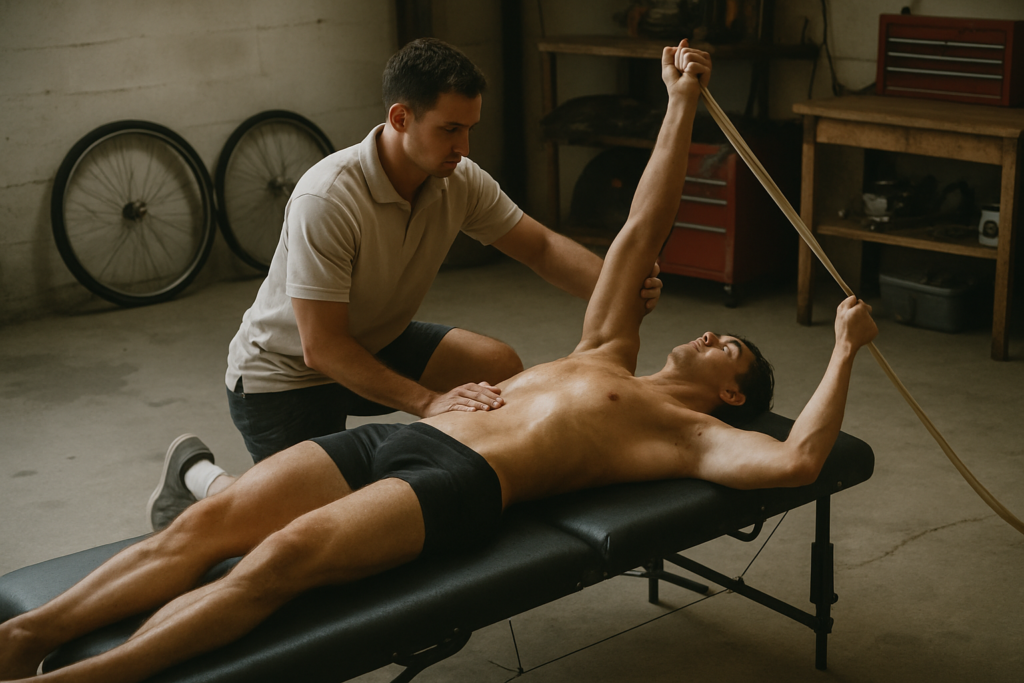Getting ready to dive into the pool? As a seasoned swimmer, I know the crucial role that warm-up and cool-down routines play in enhancing performance and preventing injuries in the water. Whether you’re a competitive athlete or a casual swimmer, incorporating these essential practices can make a significant difference in your swimming experience.
When I hit the water, I make sure to kick off my session with a dynamic warm-up to prepare my body for the intense strokes ahead. It’s not just about getting the muscles moving; it’s about priming them for optimal efficiency and reducing the risk of strains or cramps. Similarly, as I wind down my swim, a proper cool-down helps me gradually lower my heart rate and relax my muscles, promoting faster recovery and long-term muscle health.
So, why are warm-up and cool-down routines in swimming so vital? Join me as we explore the benefits and best practices to make the most of your time in the water.
The Importance of Warm-Up in Swimming
As a competitive swimmer, I can attest to the crucial role of a proper warm-up routine in preparing the body for optimal performance in the water.
Benefits of a Swimming-Specific Warm-Up
I always focus on a swimming-specific warm-up to reap the following benefits:
- Enhanced Blood Circulation: A tailored warm-up helps increase blood flow to the muscles, priming them for the exertion to come.
- Improved Flexibility: By incorporating dynamic stretches, I ensure my muscles are supple and ready for the various strokes.
- Mental Preparation: A structured warm-up not only readies the body but also sharpens my focus, ensuring I’m mentally prepared for the race ahead.
Essential Warm-Up Exercises for Swimmers
In my warm-up routine, I include the following essential exercises:
- Arm Circles: I start with gentle arm circles to loosen up my shoulder joints and improve range of motion.
- Leg Swings: Dynamic leg swings help activate my leg muscles and enhance their flexibility for powerful kicks.
- Torso Twists: Engaging in torso twists helps warm up my core muscles, crucial for stability and rotation during strokes.
By incorporating these exercises into my warm-up, I set the stage for a successful swim session by priming my body for peak performance.
The Importance of Cool-Down in Swimming
After an intense swimming session, cooling down plays a vital role in helping the body recover and reap the full benefits of the workout. It’s crucial not to skip the cool-down phase to facilitate muscle recovery and prevent potential injuries.
Why Cool-Downs Are Crucial After Swimming
I can’t stress enough the importance of cool-downs after swimming. Cooling down helps lower the heart rate gradually, prevents lactic acid buildup in the muscles, and aids in the removal of waste products generated during exercise. By incorporating a proper cool-down routine, swimmers can minimize muscle soreness, enhance flexibility, and promote overall recovery post-workout.
Recommended Cool-Down Techniques for Swimmers
In my experience, incorporating specific cool-down techniques can significantly impact post-swim recovery. Some recommended cool-down techniques for swimmers include gentle swimming at a slower pace, focusing on proper breathing techniques to help relax the body, performing dynamic stretches targeting major muscle groups, and ending with static stretches to improve flexibility and prevent stiffness. Additionally, hydrating adequately post-swim is crucial for replenishing lost fluids and aiding in the recovery process.
The Science Behind Warm-Up and Cool-Down

Swimming engages various muscle groups and demands cardiovascular effort, making a proper warm-up essential. Without adequate preparation, sudden exertion may lead to muscle strain or fatigue. Similarly, cool-downs help decrease heart rate, aiding in the removal of waste products from muscles post-exercise.
Physiological Effects on the Body
I’ll explain how warm-up and cool-down impact our bodies physiologically. During warm-up, the body gradually increases blood flow to muscles, optimizing oxygen delivery. In contrast, the cool-down phase assists in reducing heart rate and promoting effective recovery by preventing blood pooling in muscles.
Implementing Effective Warm-Up and Cool-Down Routines
I emphasize the importance of integrating warm-up and cool-down routines into my regular swim practices. By incorporating these essential elements into my swimming routine, I optimize my performance, aid in muscle recovery, and reduce the risk of injuries. Here’s how I ensure effective warm-up and cool-down sessions:
Integrating Routines Into Regular Swim Practices
I always allocate sufficient time before and after my swim sessions for warm-up and cool-down activities. Prior to getting into the water, I engage in dynamic stretches such as arm circles and leg swings to prepare my muscles for the upcoming workout. These exercises help increase blood flow to the muscles, improving flexibility and range of motion.
After completing my swim, I make it a point to include a cool-down session to help my body recover effectively. I focus on gentle exercises like easy laps or using a kickboard to gradually lower my heart rate and ease any muscle tension. This gradual transition from intense swimming to a slower pace aids in preventing muscle soreness and stiffness after the workout.


 is a seasoned fitness expert with a special focus on swimming and holistic health strategies. With years of experience as a competitive swimmer and fitness coach, Patricia offers readers a wealth of knowledge on optimizing performance and maintaining a balanced lifestyle. Her writing on Swim Fast Stay Fit reflects her commitment to empowering others with practical advice and motivational insights. Patricia’s approach integrates advanced training techniques with accessible wellness tips, aiming to help individuals achieve their personal fitness goals and enhance their overall quality of life. Through her engaging articles, Patricia inspires readers to embrace a comprehensive approach to health, combining effective exercise routines with mindful nutrition and self-care practices.
is a seasoned fitness expert with a special focus on swimming and holistic health strategies. With years of experience as a competitive swimmer and fitness coach, Patricia offers readers a wealth of knowledge on optimizing performance and maintaining a balanced lifestyle. Her writing on Swim Fast Stay Fit reflects her commitment to empowering others with practical advice and motivational insights. Patricia’s approach integrates advanced training techniques with accessible wellness tips, aiming to help individuals achieve their personal fitness goals and enhance their overall quality of life. Through her engaging articles, Patricia inspires readers to embrace a comprehensive approach to health, combining effective exercise routines with mindful nutrition and self-care practices.
